What is it that upholds the universe, transcends all change, and yet resides silently at the core of every being?
In the heart of Hindu philosophy lies the profound concept of Brahman. Not a god in form, but the formless essence, the eternal substratum that pervades, sustains, and surpasses all. Unlike deities with attributes and names, Brahman is the unborn, undivided, and boundless reality that defies all human comprehension. It is not something to be worshipped as external but realized as the very Self within.
This article explores Brahman not as an abstract concept, but as the spiritual heartbeat of the Vedas and Upanishads, the thread uniting all existence into a singular, transcendent Whole. To know Brahman is to awaken to the truth behind all forms, all thoughts, and all dualities.
What Is Brahman?
Brahman is not a being. It is Being itself.
Not a force, but the source of all forces.
It is not a deity to be visualized, but the unseen reality behind all deities, names, and forms.
In the Upanishads, Brahman is described as:
“Satyam Jñānam Anantam Brahma”
“Brahman is Truth, Knowledge, and Infinity.” - Taittiriya Upanishad 2.1.1
Brahman is the Absolute, eternal, indivisible, infinite.
It is the ground of all existence, present in all that moves and does not move.
It is neither male nor female, neither light nor darkness, neither sound nor silence, yet it is the essence of all of them.
Hindu seers speak of Brahman as:
Nirguna (without qualities)
: beyond form, attributes, and limitations.
Saguna (with qualities):
manifesting as Ishvara or personal deities for the sake of devotion.
But even these distinctions are only for human understanding. In truth, Brahman is beyond duality. It is not an object of worship, but the truth to be realized.
Brahman is not a belief, but that which makes all belief possible. It is what gives rise to time, space, matter, energy, mind, and soul.
Yet it is untouched by all of them.
The Upanishads assert a bold truth:
“Aham Brahmāsmi”- I am Brahman.
This is not arrogance, but realization. The essence of the Self (Ātman) is none other than Brahman. To discover Brahman is to discover your true Self, immortal, infinite, and free.
The Root and Essence of the Word Brahman
The word Brahman comes from the Sanskrit root 'br̥h' (बृह्), which means to expand, to grow, or to increase. This root is recorded in Panini’s classical grammar, under the Kriyādhātu section of the Dhātupāṭha, as:
Root:
br̥h (बृह्)
Meaning:
vardhane (वर्धने)- “to grow, to increase”
Reference:
Dhātupāṭha 1.1.51 – br̥h vardhane
This linguistic origin reflects the very nature of Brahman, the ever-expanding, all-encompassing reality that gives rise to and contains all that exists. It is not a personal deity or a being with attributes, but the boundless substratum of existence itself.
Importantly, Brahman is a neuter noun, unlike:
- Brahmā (the masculine deity of creation), and
- Brahmin (a knower or priest connected to Brahman).
Brahman points to that which is beyond gender, name, or form, the unconditioned principle from which all names and forms emerge.
To understand Brahman is to contemplate not a god, but the ground of being itself, that which expands without limit and exists beyond comprehension, yet sustains everything.
Brahman in the Vedas
The earliest mention of Brahman appears in the Rigveda, not as a philosophical concept but as something mystical, powerful, and subtle, closely tied to sacred speech (Vac) and the power of mantras.
In the Rigvedic context, Brahman originally referred to the power of the spoken word, the mysterious force that connects the visible world to the invisible. Through the sound of mantra, the sacrificer invoked the gods, aligning himself with the cosmic rhythm. Thus, Brahman was not just the prayer, but the creative force within the prayer, the unifying thread between the sacrificer, the gods, and the cosmos.
In this early stage, Brahman is the energy of invocation, the potency of ritual, and the link between the human and the divine.
Later Vedic hymns began to treat Brahman as more than just power within ritual. It became the principle underlying all existence. A silent, abstract reality behind the multiplicity of gods and forms. The Vedic seers began asking:
What existed before the gods? Who governs even them?
This inquiry is evident in the famous Nasadiya Sukta (Rigveda 10.129):
*“Who really knows? Who can declare it?
Whence was it born, and whence came this creation?
The gods came later than this world’s creation,
who then knows whence it has arisen?”
Such hymns hint at the presence of a Supreme, formless principle that predates even the gods, a seed idea that matured later into the concept of Brahman.
The Vedas also speak of cosmic symbols like:
Hiranyagarbha
– the golden womb of creation
Prajāpati –
the lord of beings
Vishvakarman
– the cosmic architect
Purusha
– the primordial cosmic person whose body is the universe
These are not competing gods, but early attempts to grasp the underlying unity behind all diversity. A unity later identified as Brahman in the Upanishads.
Brahman in the Upanishads
The Upanishads are the sacred dialogues where Brahman is unveiled, not as a doctrine to be followed, but as a truth to be directly realized within. These texts describe Brahman as the hidden cause, the inner controller, and the essence of consciousness itself.
Beyond Ritual: From Sacrifice to Silence
Early Vedic tradition used fire rituals (yajñas) to connect with the divine. The Upanishads, however, shifted from external ceremony to inner inquiry, seeking the silent foundation beneath all acts.
Brahman Revealed Through Mahāvākyas (Great Sayings)
“Aham Brahmāsmi”:
“I am Brahman” (Brihadāranyaka Upanishad 1.4.10)
“Tat Tvam Asi”:
“That Thou Art” (Chāndogya Upanishad 6.8.7)
“Ayam Ātmā Brahma”:
“This Self is Brahman” (Māṇḍūkya Upanishad 2)
“Sarvam khalvidam Brahma”:
“All this is Brahman” (Chāndogya Upanishad 3.14.1)
These declarative statements collapse the distance between individual identity and cosmic reality, revealing that the Self (Atman) and the Absolute (Brahman) are one.
Nirguṇa and Saguṇa: The Two Modes of Brahman
Nirguṇa Brahman:
The formless, attributeless Absolute—beyond all descriptions.
Saguṇa Brahman:
The personal, qualified aspect, experienced as deity (Ishvara) within the realm of devotion or upāsanā.
Brahman as the Inner Controller
The Upanishads teach that Brahman is not remote. It is the silent observer of thought, the unseen power behind breath, and the unchanging witness of every experience and awakening within the soul.
Liberation Through Knowledge (Jñāna)
Unlike ritual works, liberation (moksha) arises in the Upanishads through the realization of identity with Brahman. The awakening to your own infinite nature. Knowing Brahman is the knowing of all things, for when the source is grasped, everything else falls away.
Brahman in Vedanta: Interpretations Across Schools
The Vedanta philosophy, literally meaning 'the end of the Vedas', is where the concept of Brahman reaches its most profound elaboration. While all Vedantic schools accept the Upanishadic truth that Brahman is the ultimate reality, they differ in how they interpret Brahman’s relationship with the world and the individual self (Atman).
Advaita Vedanta – Non-Dualism (Shankaracharya)
In Advaita, Brahman is the only reality. The world of names, forms, and separations is Maya, a grand illusion.
Atman is Brahman. There is no difference. The perceived division between self and world vanishes upon realization.
Brahman is Nirguna. Without attributes, beyond thought, action, or change.
As Shankara declares:
“Brahma Satyam Jagan Mithya, Jivo Brahmaiva Na Aparah”
“Brahman alone is real, the world is illusory; the individual self is not different from Brahman.”
Vishishtadvaita – Qualified Non-Dualism (Ramanujacharya)
In Vishishtadvaita, Brahman is one, but not attribute-less.
The universe and individual souls are real parts or modes of Brahman, like cells in a body.
Brahman is Saguṇa, with attributes like love, wisdom, and power. This Brahman is best understood as Narayana/Vishnu, the supreme personal deity.
Liberation comes not through renunciation of individuality but through devotion (bhakti) and surrender to the Lord.
Dvaita Vedanta – Dualism (Madhvacharya)
Dvaita asserts a clear and eternal difference between Brahman (God), the individual soul (jiva), and the world.
Brahman is the supreme being, most perfectly embodied in Lord Vishnu.
The soul is dependent, finite, and distinct from Brahman.
Liberation comes through grace, worship, and devotion to the Lord, not through identity with Brahman.
Each school offers a different spiritual lens, non-dual, qualified unity, or dualism, yet all agree on Brahman as the Supreme Ground of all existence.

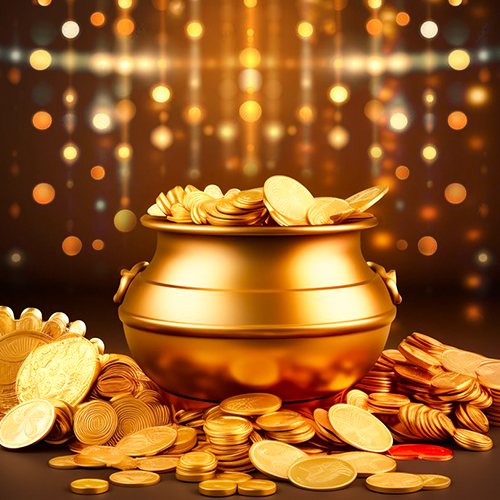
-in-Astrology.jpg)
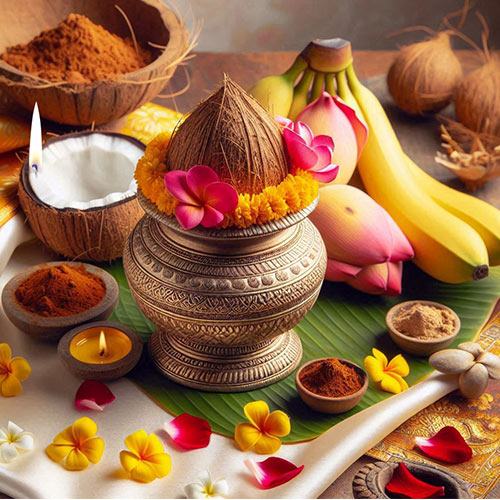

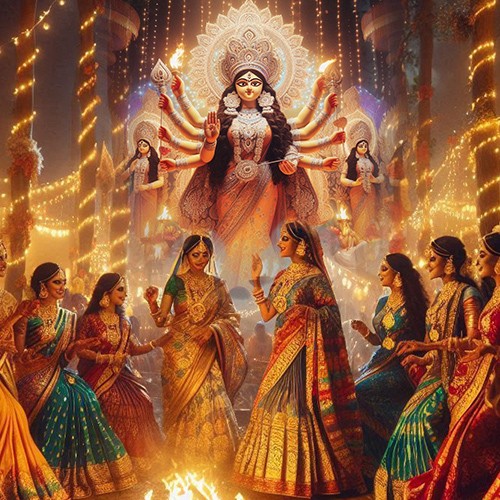
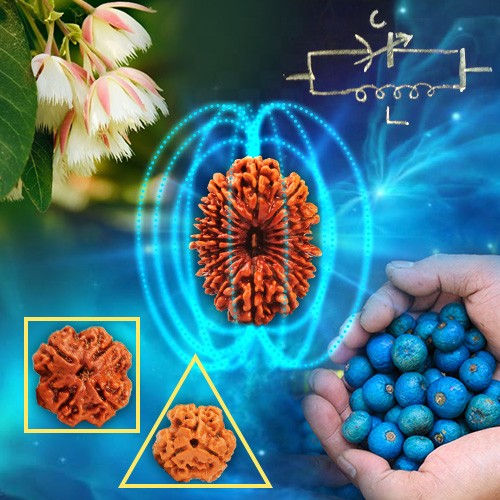

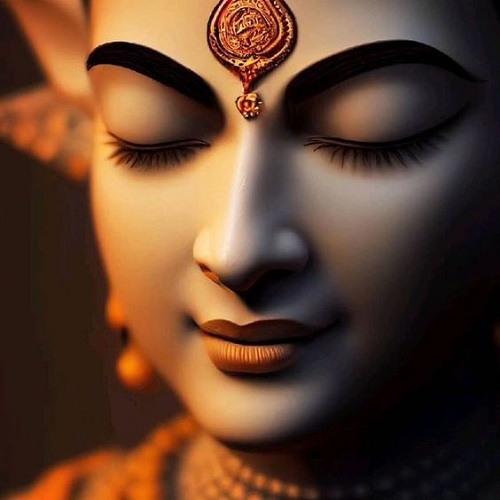
.jpg)
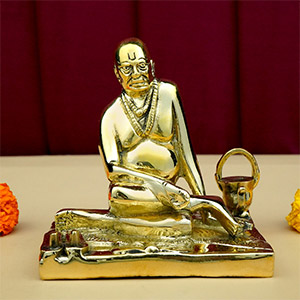
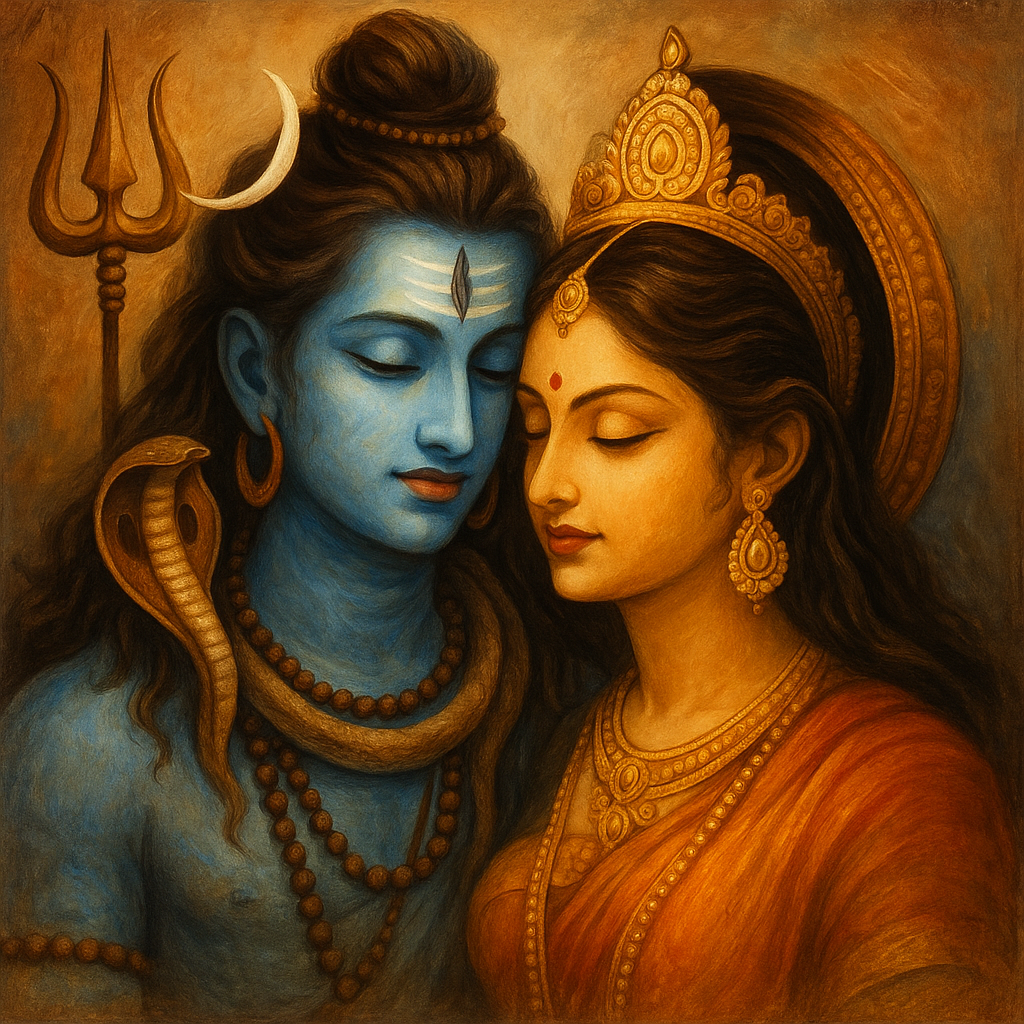
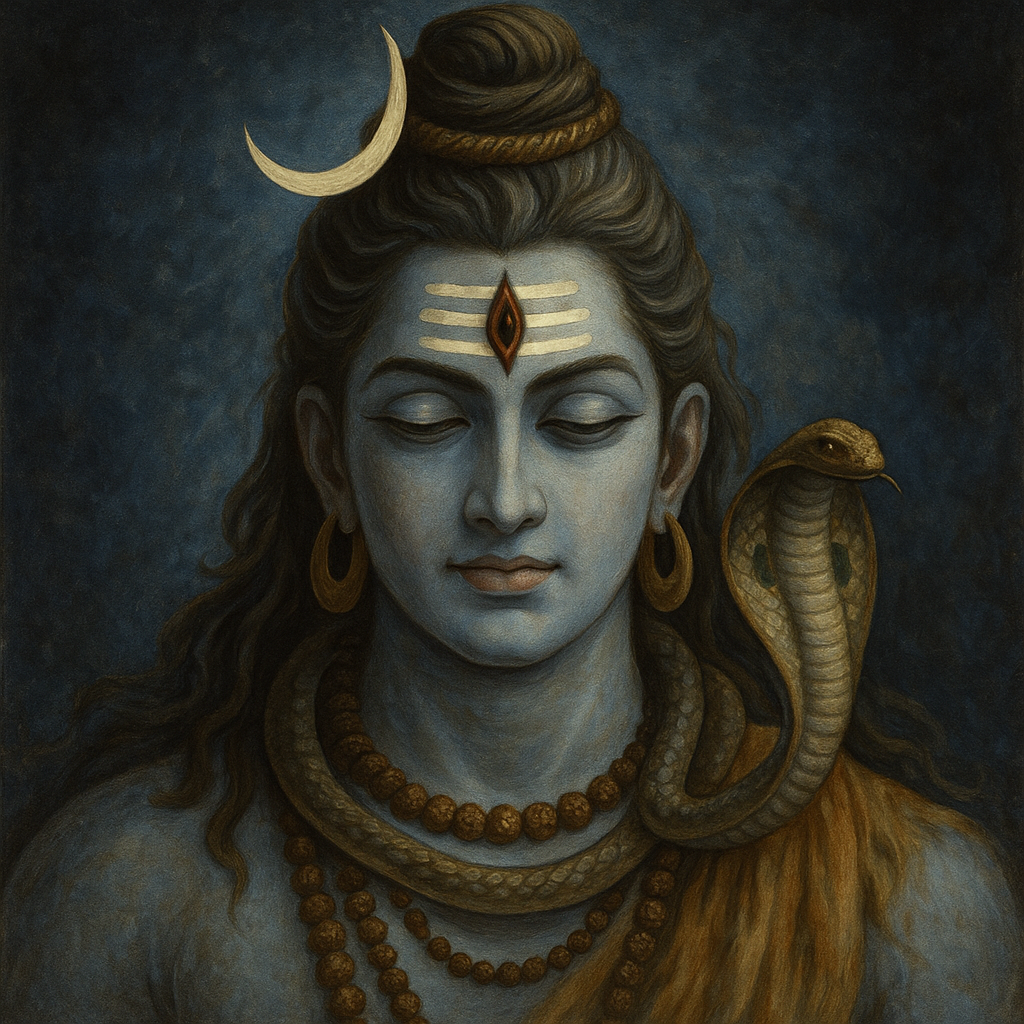
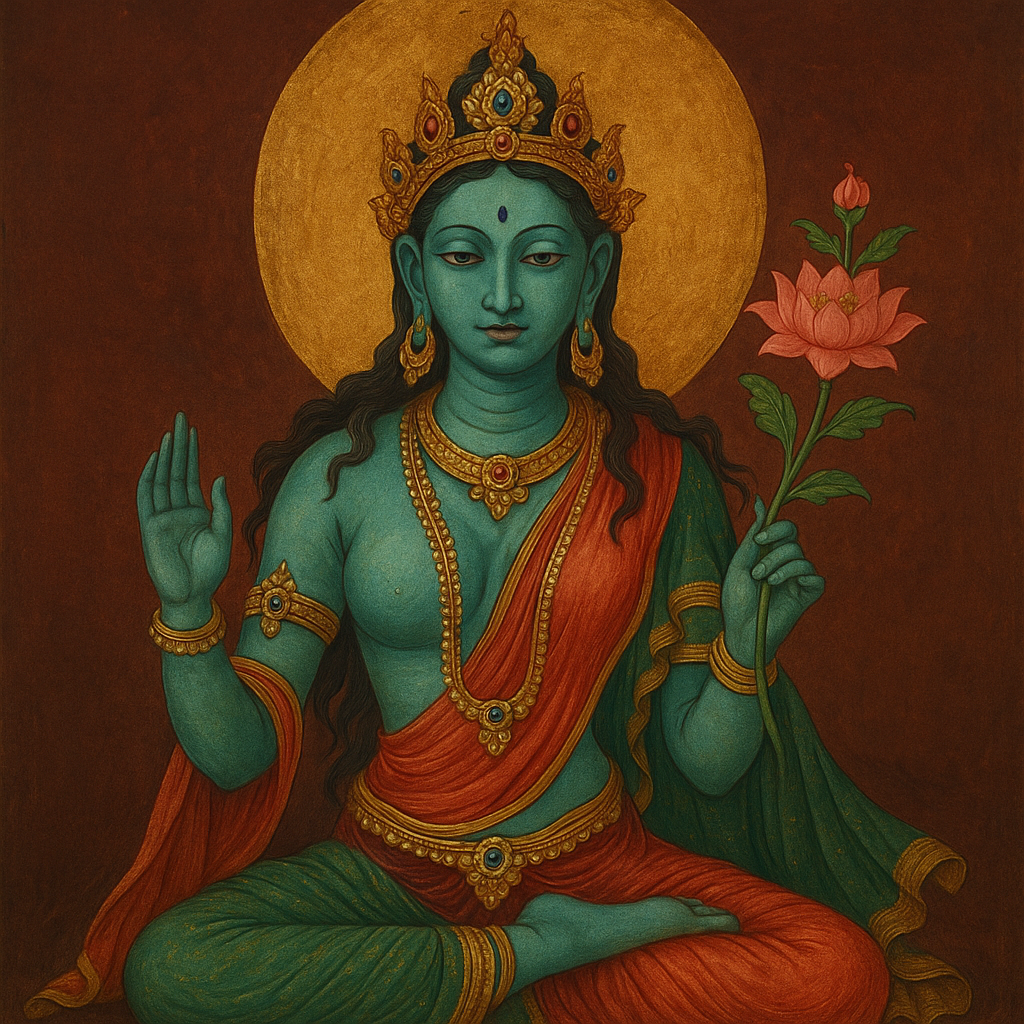
Comments 0
Leave your thought here